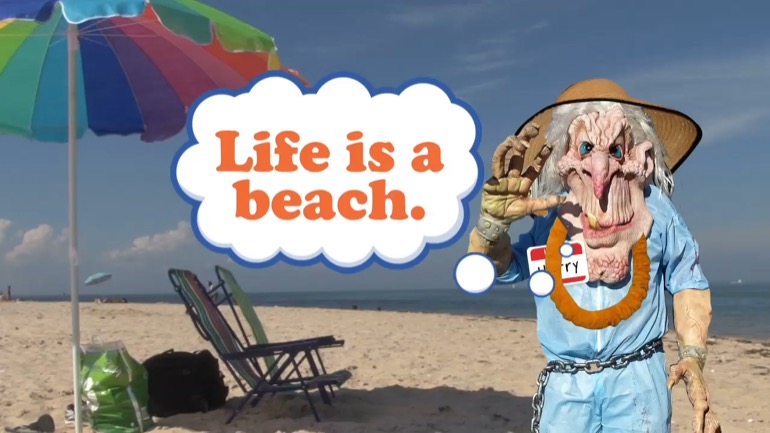See: Treynor Index.
We all wanna get the most bang for our buck, especially when it comes to our portfolios. Risk is necessary for the chance at having great returns, but it doesn’t guarantee them.
The Treynor ratio, a.k.a. the reward-to-volatility ratio, measures your portfolio performance in terms of how much return you’ve gotten per unit of risk taken.
We can thank American economist Jack Treynor for this one. He also helped to create the Capital Asset Pricing Model (CAPM)...so he’s a bfd.
Ideally, you’d be seeing excess returns per unit of risk. But how do you measure risk? Risk in the Treynor ratio uses a portfolio’s beta, which is basically a best-fit regression line of market returns to individual returns...a standard measure of volatility in technical portfolio analysis. The Treynor ratio is simple, but effective: subtract your risk-free rate from your portfolio return, and divide that number by your portfolio’s beta. Beta-bing, beta-boom: you’ve got a risk-adjustment measurement of your returns. The higher the ratio, the better.
Related or Semi-related Video

Finance: What is Volatility?77 Views
In finance allah shmoop what is volatility beta this thing
that's the symbol for volatility on the street we mean
the wall one not the mean one and it is
so commonly used that the in crowd members just say
beta when they're referring to volatility unless they're from tennessee
in which case they say you ve all y'all all
right so here's a siri's of stock prices stamped each
day that has lo ve all or low beta and
here's a siri's that has high beta dead man's pulse
versus rocky mountains Well what makes a stock volatile uncertainty
Think about it this way If everyone knew for sure
what a given stocks earnings would be for the next
ten years quarter by quarter and they also knew what
the overall markets average earnings would be in a few
other things like revenue growth and world conditions and we're
going to be war inflation there wouldn't be a lot
of guesswork The quote right unquote price today would be
thirty two dollars eighty three cents and the quote right
unquote rate of compounding would be eight percent in the
stock would slowly go up but this rate but in
non disney land riel life well nobody really knows much
of anything So stockcharts look like this and nerve endings
of wall street traders look like this Neither of them 00:01:19.771 --> [endTime] looked much like this chart So that's all you
Up Next
How are risk and reward related? Take more risk, expect more reward. A lottery ticket might be worth a billion dollars, but if the odds are one in...
How does duration affect bonds (risk and volatility)? The longer the duration, or length of maturity in bonds, the greater the exposure that econom...


